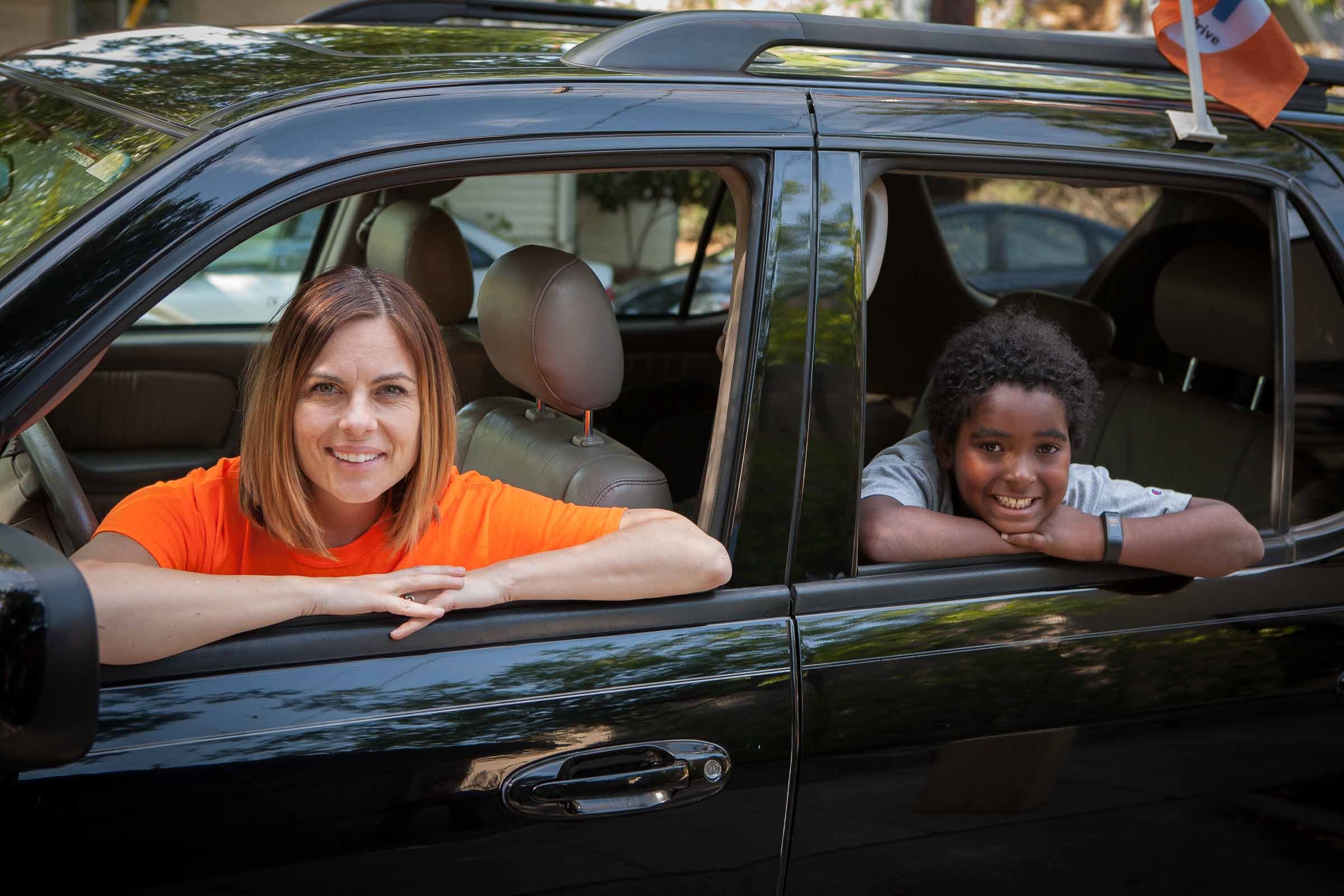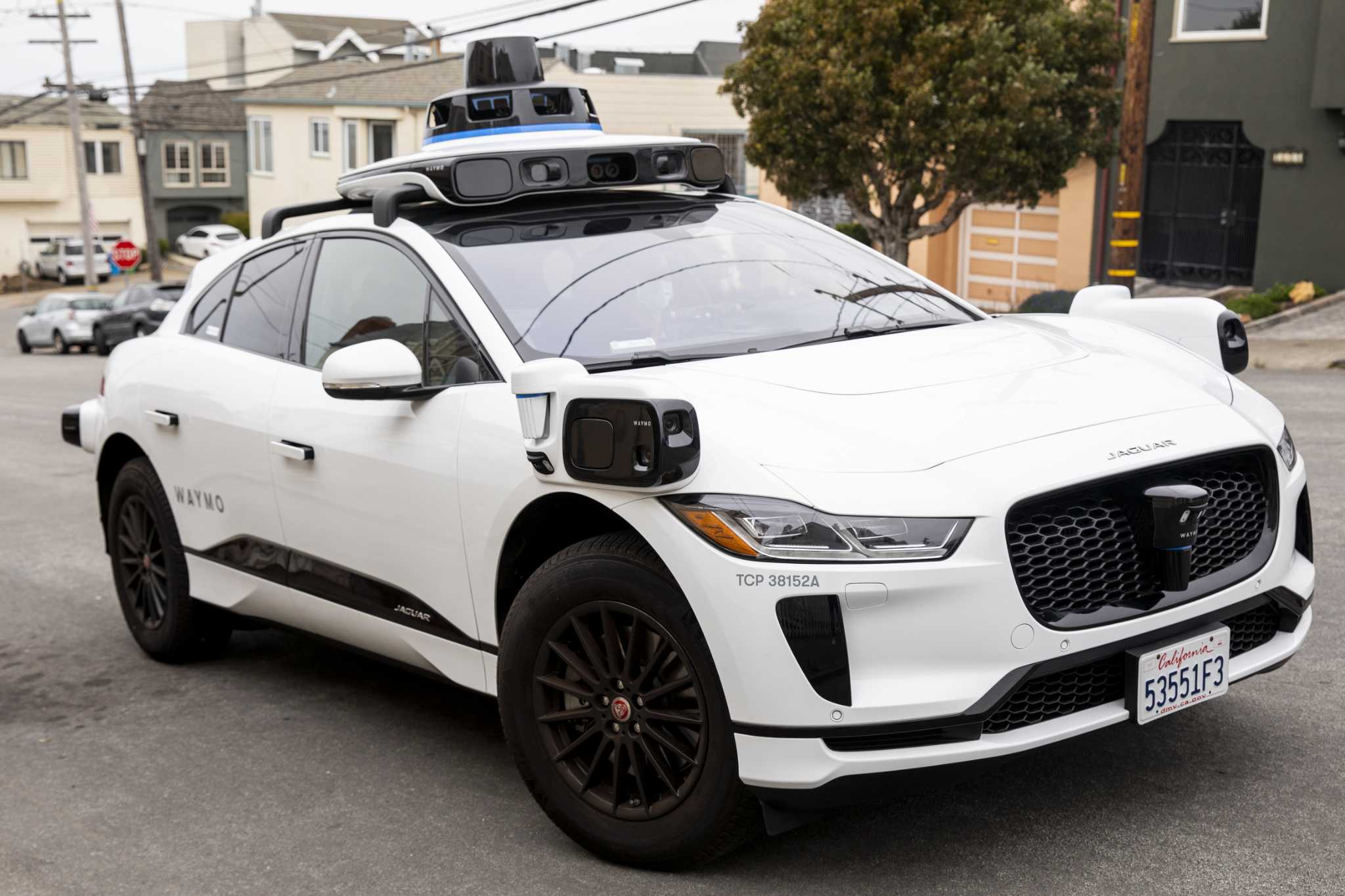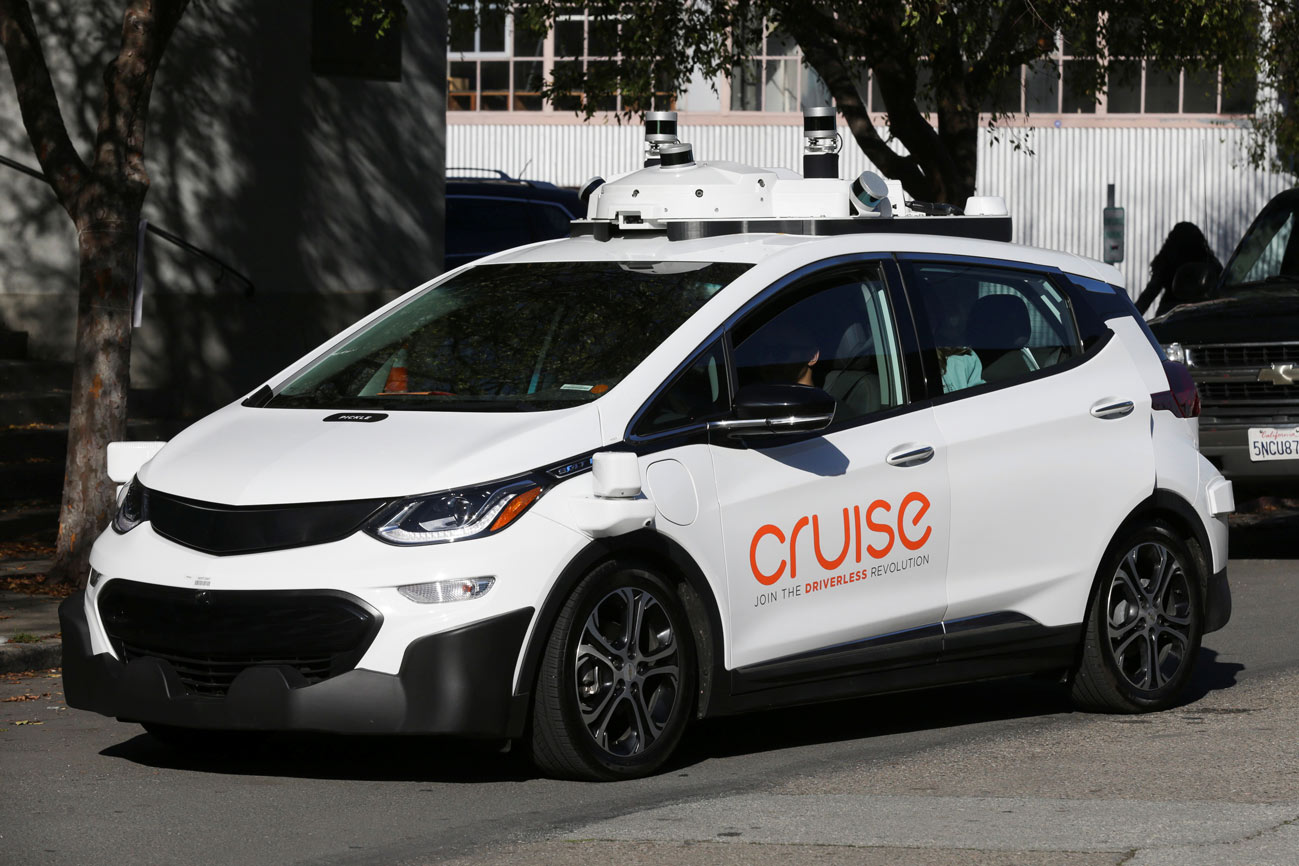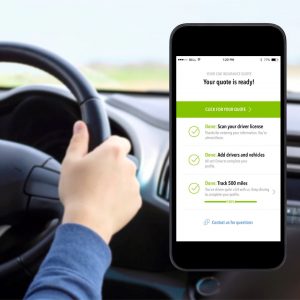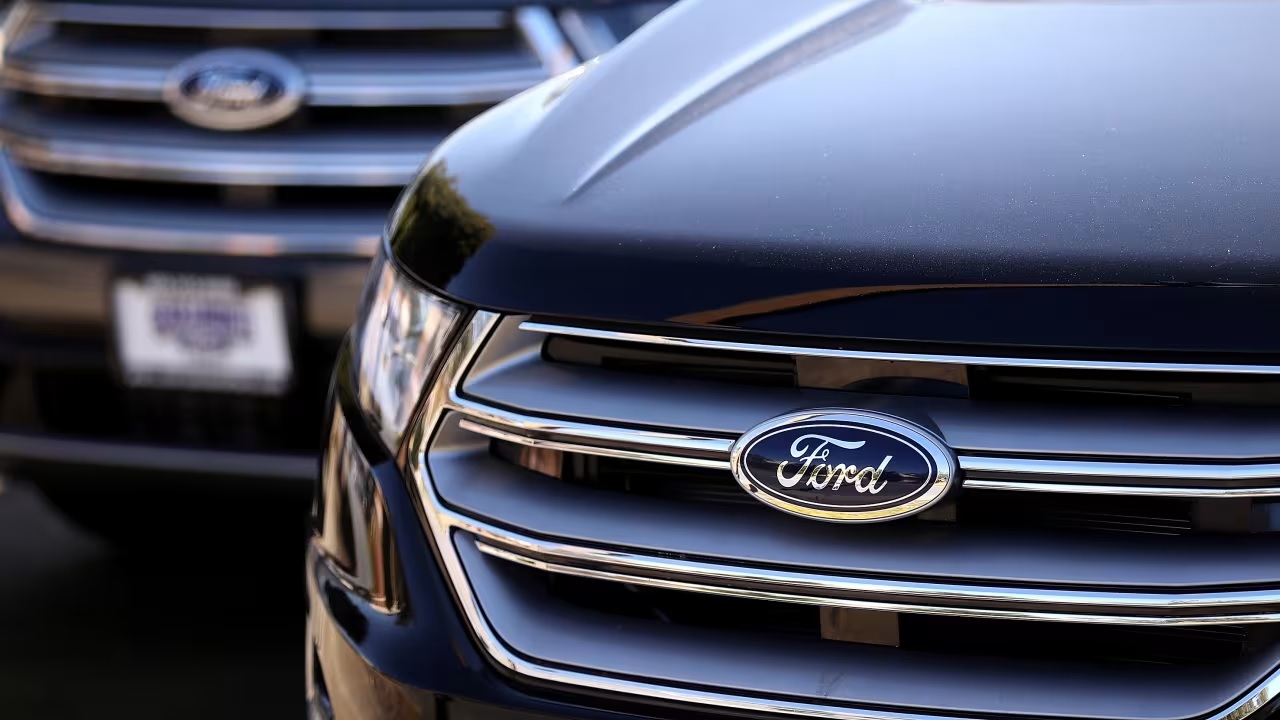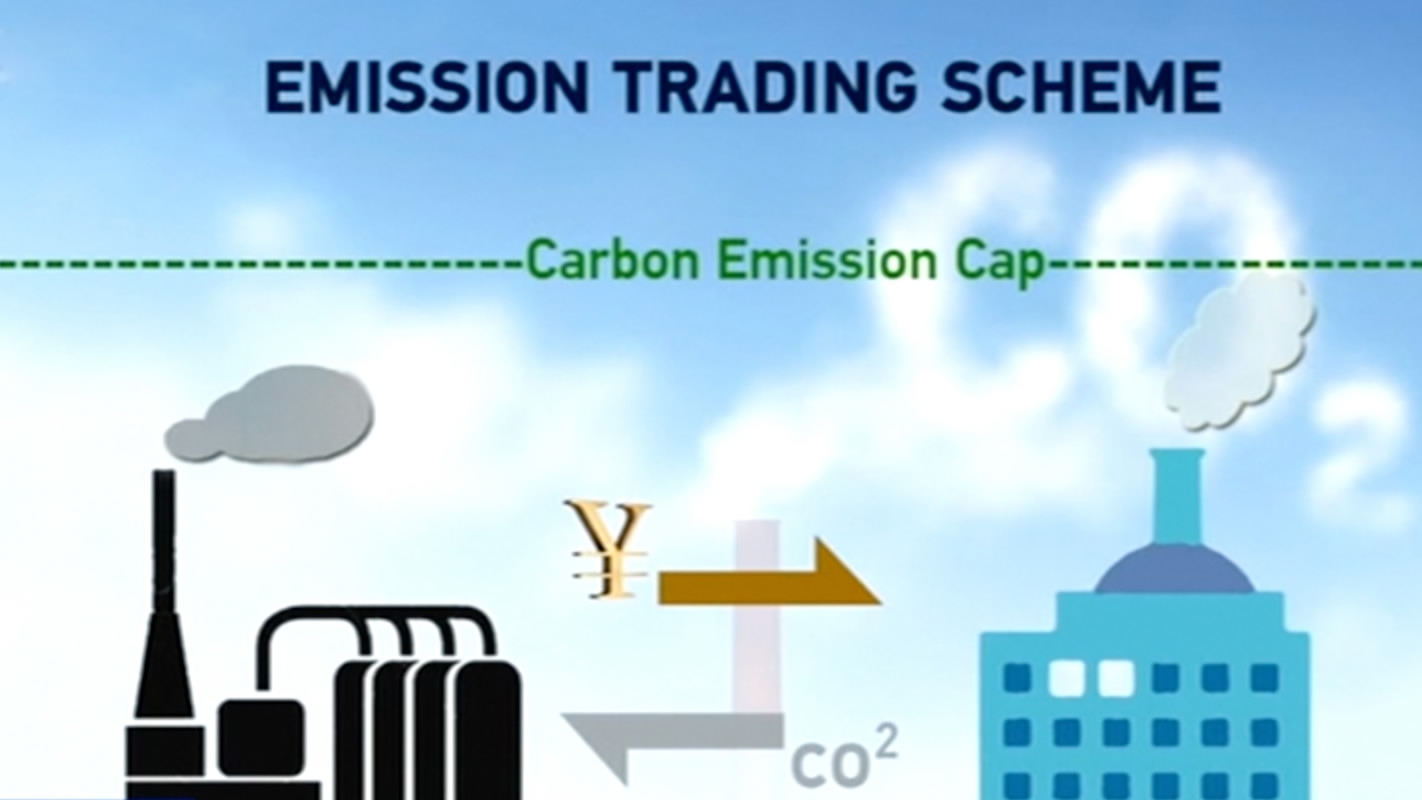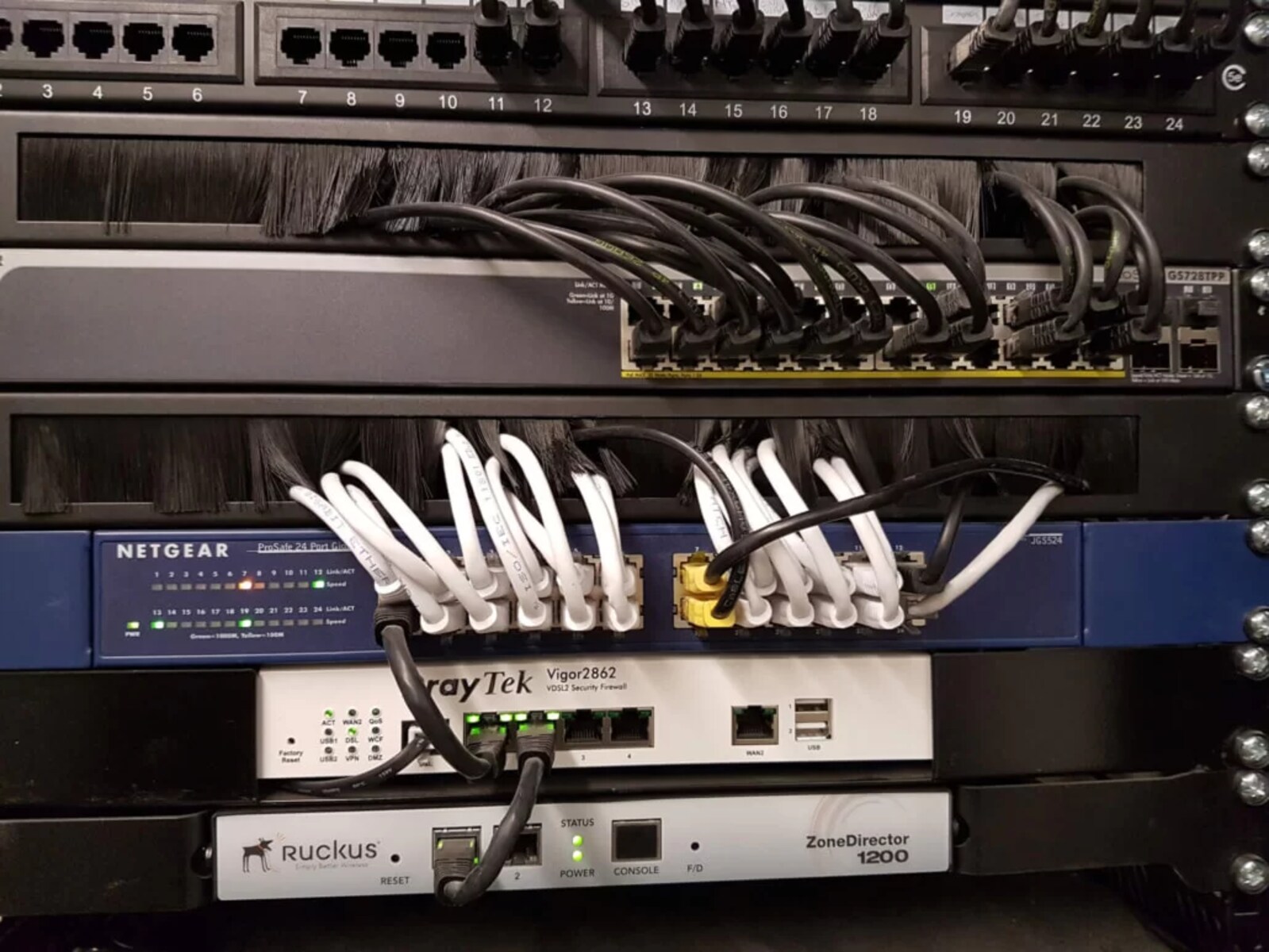Youth rideshare startup HopSkipDrive has surpassed California’s new emissions standards, marking a significant achievement for the company. The accomplishment is expected to strengthen its position in advocating for increased reliance on shared passenger vehicles for transporting children and teenagers to and from school.
Key Takeaway
HopSkipDrive has exceeded California’s emissions targets, showcasing the company’s commitment to cleaner and more efficient transportation for students.
Exceeding Emissions Standards
In 2023, HopSkipDrive’s electric vehicles covered 8% of all miles on the platform in California, surpassing the 2% target set by California’s Air Resources Board (CARB) by an impressive 400%. The total emissions for the year in California stood at 240 grams of carbon dioxide per passenger mile, comfortably below the 252 grams-per-mile benchmark.
Strategic Evolution
Despite facing heightened competition and challenges such as a recent data breach, HopSkipDrive has undergone several transformations over the years. During the pandemic, the company’s CEO Joanna McFarland and her team developed their own strategic route-planning software for schools using machine learning. This initiative led to the creation of a new business line alongside the rideshare offering, aimed at enhancing the efficiency of school transportation networks and addressing driver shortage concerns.
Meeting Regulatory Standards
The targets surpassed by HopSkipDrive were established as part of CARB’s Clean Miles Standard and Incentive Program, which was enacted in 2018 to improve the fleets of Transportation Network Companies (TNCs) like Uber and Lyft. The regulation came into effect in 2023, with TNCs required to report their results later this year.
Factors Contributing to Success
According to McFarland, HopSkipDrive’s success in surpassing the targets can be attributed to California’s high rate of electric vehicle adoption and the efficiency of the route-planning software. The company highlights that 36% of all vehicles completing rides in California last year were electric, hybrid, or fuel cell, while the software significantly reduced the number of miles driven and emissions by optimizing routes for school transportation.
Addressing School Transportation Challenges
McFarland emphasizes the need for innovative solutions in school transportation, particularly with the evolving needs of students. She underscores the flexibility of passenger vehicles in catering to individualized requirements, such as for students experiencing homelessness or in foster care. Additionally, the company’s approach to carpooling has resonated with students, offering a viable alternative to traditional rideshare services.
By exceeding emissions targets and pioneering efficient transportation solutions, HopSkipDrive is poised to play a pivotal role in reshaping school transportation and contributing to a cleaner, more sustainable future.







